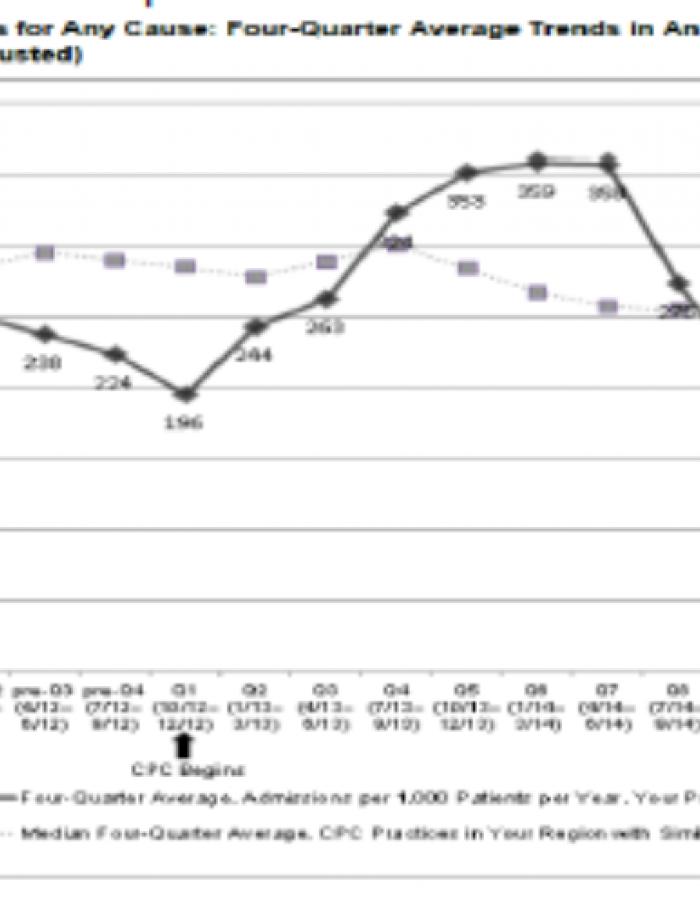Please download and complete assignments, then submit them in Word format when possible.
When supporting the care of an empaneled group of patients, it’s clear there will be differing individual patient needs. A critical next step following empanelment is risk stratification of the patient population. Population Health is at the core of quality improvement efforts and value-based contracting. Data and technology support practices and networks with needed visibility to identify and close gaps in care and to make informed decisions based on the needs of their unique patient population. Decision support and protocols allow the care team to proactively plan for patient interaction and operationalize evidence-based guidelines. Registry functions optimize the health of an entire panel of patients instead of only the patients who visit the practice.
Insight to patients who are at risk or may soon be at risk informs practices and networks as to how to allocate care team resources. Patients with multiple chronic conditions, frequent ED and hospital admissions, and behavioral health needs, for example, are likely to benefit from the support of a care manager role whether embedded in the practice or centralized as part of an integrated delivery network.
This section will support care teams and network leaders in designing and implementing an effective care management strategy that addresses the needs of high risk and rising risk patients, provides additional support for patients between visits, and employs overall episodic and longitudinal care management workflows to impact key process and outcome measure performance.
Transitions of care or episodic care management requires following up with patients after they've been discharged from the hospital, a skilled nursing facility, in-patient rehabilitation facility, etc. to their home, rest home, or assisted living facility. Attempts to contact the patient to schedule a follow up visit should be documented in your EMR. We've listed some suggested fields to include in your template.
Template
Transitions of care or episodic care management requires following up with patients after they've been discharged from the hospital, a skilled nursing facility, in-patient rehabilitation facility, etc. to their home, rest home, or assisted living facility. However, sometimes patients can be difficult to reach. When you've exhausted efforts to contact by phone, you may have to reach out via letter. We've crafted a few sample letters to get you started.
Sample
Many patients do not understand what clinicians have said to them and do not participate in decisions about their care, leaving them ill-prepared to take daily actions that lead to a healthy lifestyle. Helping patients make good choices and maintain healthy behaviors requires a collaborative relationship between the care team, the individual, and their families.
Guide
This study examines the associations between clinics' extent of patient-centered medical home (PCMH) implementation and improvements in chronic illness care quality.
Report



